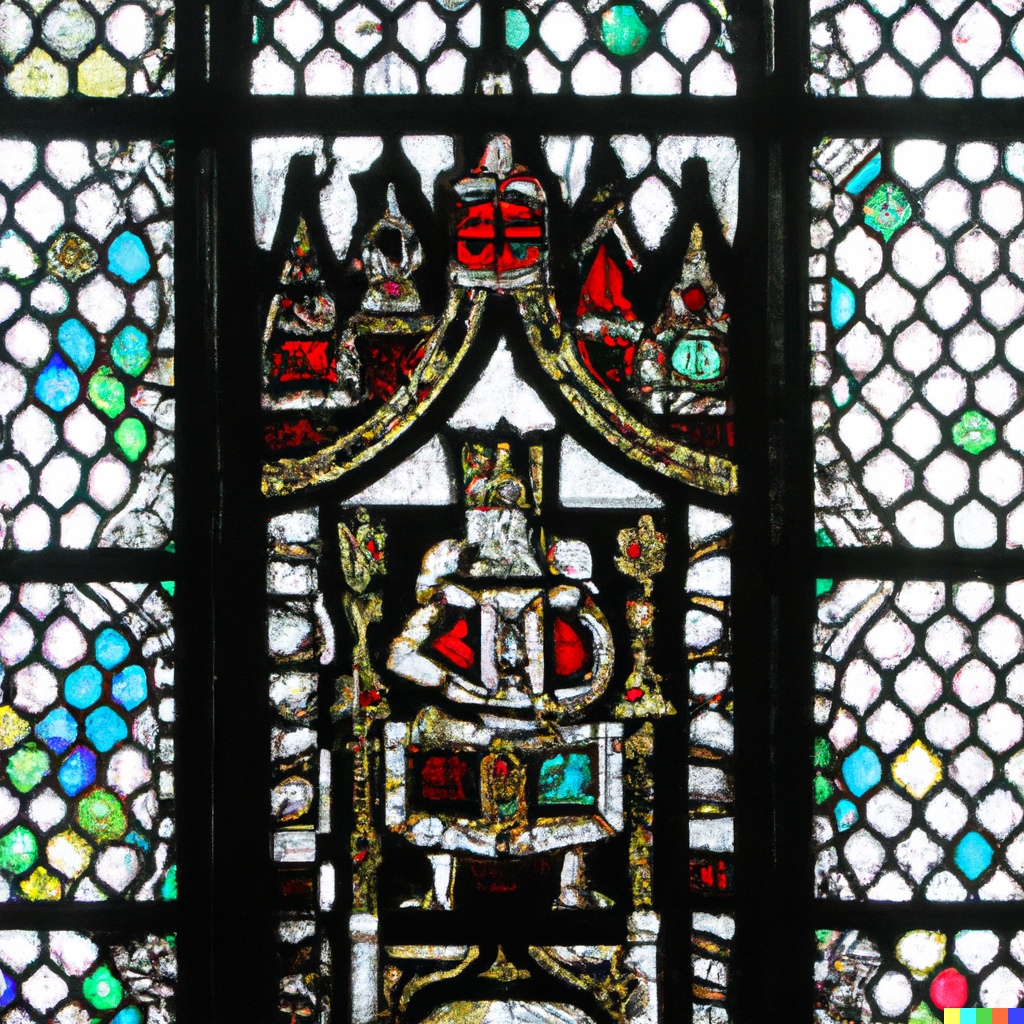The Coronation Chair’s Royal Legacy: Unveiling the Rich History behind Charles III’s Throne

Delving into the annals of British history, the Coronation Chair (also known as St Edward’s Chair or King Edward’s Chair) has a tale that is steeped in tradition and regal splendor. This grand seat, an emblem of royalty and power, played a central role in the coronation of Charles III, marking yet another chapter in its storied past. In this in-depth exploration, we’ll uncover the rich history behind the Coronation Chair, revealing its significance, craftsmanship, and the pivotal moments it has witnessed.
Origins and Design
The origins of the Coronation Chair can be traced back to the 13th century, when King Edward I commissioned the piece for his coronation in 1296. With its Gothic design and intricately carved details, the chair immediately became synonymous with the grandeur and prestige of the British monarchy. Over the centuries, it has played host to numerous coronations, each adding a layer of historical significance to its already impressive legacy.
The Stone of Scone Connection
One of the most fascinating aspects of the Coronation Chair is its connection to the Stone of Scone, a revered relic believed to hold mystical powers. According to legend, the stone was used in the crowning of ancient Scottish kings before being brought to England by Edward I. Since then, it has been carefully incorporated into the design of the chair, lending an air of mystique and enigma to this regal seat.
Artistic Elements
A testament to the skill of its creators, the Coronation Chair features a myriad of artistic elements that speak to its storied past. The ornate carvings that adorn the chair’s wooden frame are replete with intricate motifs, symbolic of the divine right of kings. In addition, the chair’s plush velvet cushions, embroidered with golden thread, serve to accentuate its opulence and magnificence.
Witness to History
Throughout history, the Coronation Chair has been a silent witness to momentous events in the British monarchy. From the crowning of Edward II in 1308 to the tumultuous reign of King Henry VIII, the chair has borne witness to the unfolding drama of England’s royal lineage. It has also survived numerous threats, including the infamous attempt to destroy it during the 17th-century English Civil War.
Enduring Significance
Yet, despite the passage of time and the ravages of history, the Coronation Chair endures. Its role in the coronation of Charles III only served to underscore its enduring significance, as it once again took center stage in a ceremony that marked the continuation of a centuries-old tradition.
By delving into the history of the Coronation Chair, we gain a profound appreciation for the role it has played in the lives of British monarchs throughout the ages. As a symbol of regal authority and an emblem of the monarchy’s storied past, the Coronation Chair remains a captivating piece of history, one that continues to captivate and inspire in equal measure.





